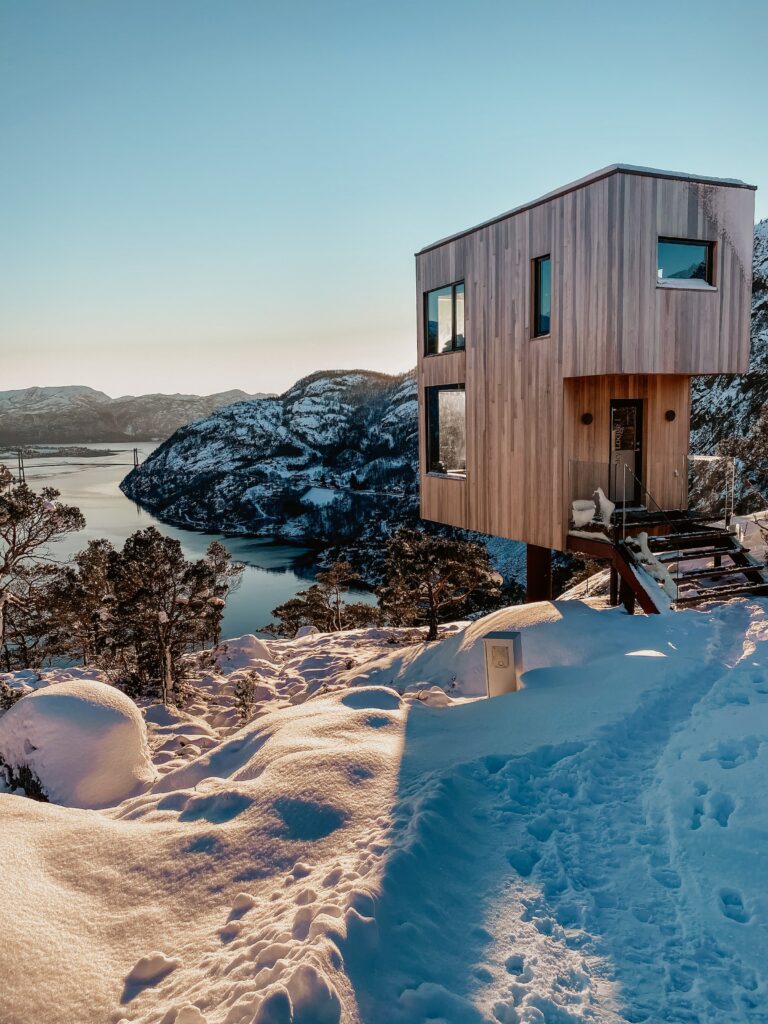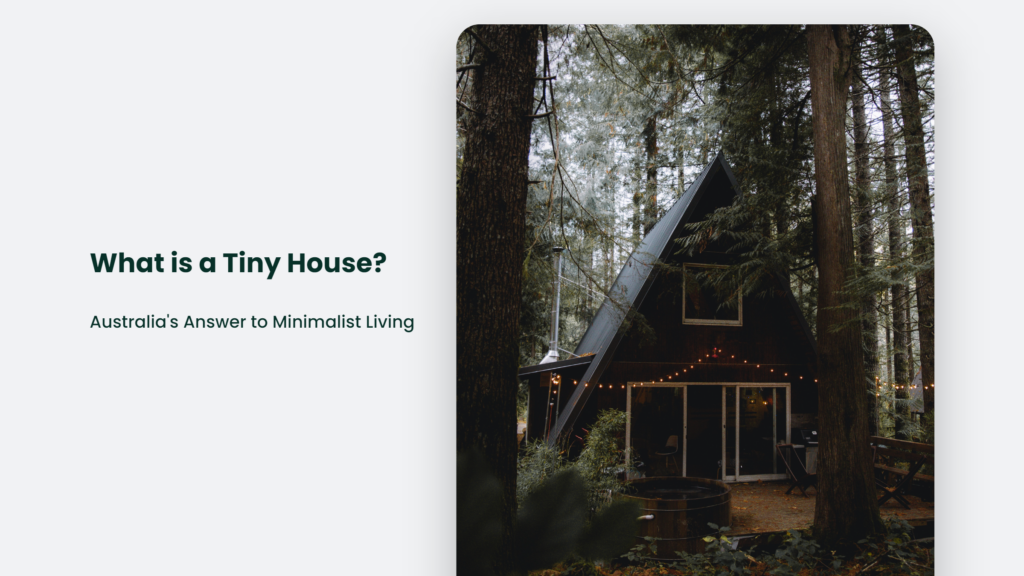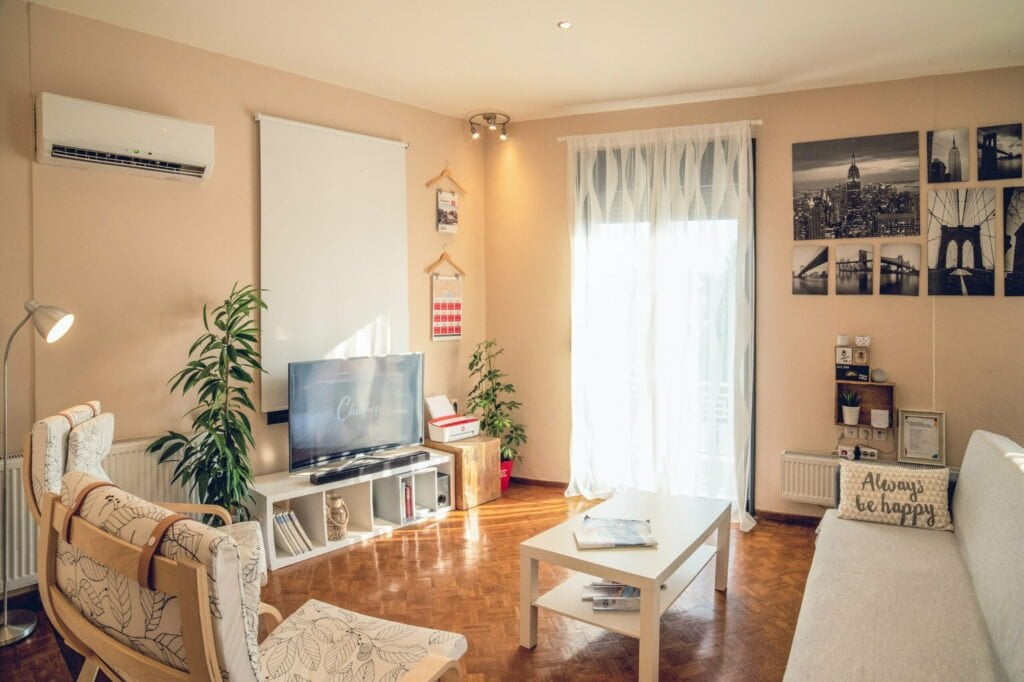

What is a Tiny House? Australia’s Answer to Minimalist Living

As Seen On
Ah, the humble abode we call the “tiny house”. The name says it all. But does it? Is it merely a wee space you force yourself to live in, or is it more about embracing a new way of life? For some, it’s a drastic move inspired by minimalistic yearnings; for others, it’s a cosy retreat from the buzz and hubbub of urban sprawl.
So, what is a tiny house? It’s time to delve into Australia.

What is a Tiny House?
Let’s lay down some numbers before we skip down this puny, yellow brick road. After all, this isn’t Alice’s Wonderland, and we’re not about to get “curiouser and curiouser”. We’re curious about exactly how “tiny” is a tiny house.
Typically, a tiny house spans anywhere from 15 to 50 square metres. Now, for comparison, the average Aussie home is 186 square meters.
Yes, my dear readers, we’re discussing ditching the spacious master bedroom, the spare guest room that no one ever uses, the cavernous living area, and every other “room to spare”. It’s akin to swapping your roomy, fuel-guzzling SUV for a sleek, environmentally-friendly compact car. You’ll miss the legroom, but the simplicity and efficiency may just steal your heart.
The Anatomy of a Tiny House
Don’t get it wrong – living in a tiny house doesn’t mean you’re doomed to a life of inconvenience. These petite structures are the epitome of space efficiency and functional design.
Picture this: you walk into a warm, well-lit, and inviting space. Straight ahead, there’s a compact kitchen with neatly-arranged pots and pans, a mini fridge, and a stove. To your right, there’s a collapsible table that doubles as a work desk. A few steps lead you to a cosy loft with a comfortable bed. Voila! A perfectly functional, albeit small, house.
Did you just ask, “Where’s the bathroom?” Well, how about a combination of compost toilets, mini tubs, and space-saving sink designs?
Crazy? Maybe. Ingenious? Definitely.
The Tiny House Movement: Down Under Edition
With skyrocketing real estate prices and increasing consciousness about environmental footprints, the tiny house movement has gained momentum in Australia.
- Affordability: With the average house price in Australia reaching a staggering $1 million mark, affordability has become a driving factor for many to go tiny.
- Sustainability: Tiny houses require less energy for heating and cooling due to their size, making them a green alternative for environmentally conscious individuals.
- Simplicity: As Thoreau once wrote in Walden, “Simplify, simplify”. And there’s no better way to simplify your life than by embracing the minimalist lifestyle of tiny houses.
Tiny Houses: Not So Tiny Impacts
It’s not just a matter of physical space – the tiny house movement has also had significant social and psychological impacts.
Shrinking your living space may just expand your perspective on life. Isn’t it ironic how going small can lead to such a gigantic shift in mindset?
Sure, there are some challenges to living in a tiny house. Would hosting a dinner party in such a small space be awkward? Would you run out of room for all your stuff? How would you manage with such limited space? It’s like playing a constant game of Tetris – always calculating and fitting in bits here and there.
But, amidst these challenges lie unexpected rewards.
The tiny house movement isn’t just about smaller spaces but larger lives. It’s about breaking away from the constant clamour for more and appreciating the beauty of less.
Remember the famous quote by architect Ludwig Mies van der Rohe, “Less is more”? Tiny houses are a living, breathing embodiment of that philosophy.
Frequently Asked Questions:
Can I build a tiny house anywhere in Australia?
The zoning laws for tiny houses differ from state to state. It’s best to check with your local council for specifics.
How much does a tiny house cost?
The cost varies depending on the design and amenities. On average, a tiny house can cost anywhere from $20,000 to $150,000.
Can I build a tiny house on wheels?
Yes, you can. Tiny houses on wheels offer the advantage of mobility, allowing you to change your location as needed.
The Conclusion:
Ultimately, a tiny house is more than just a place to hang your hat. It’s a lifestyle, a statement, a whisper in the wind that echoes Thoreau’s call for simplicity. It’s about discarding the superfluous, cherishing the essential, and discovering that; sometimes, the best things do come in small packages.
Konger
Up until working with Casey, we had only had poor to mediocre experiences outsourcing work to agencies. Casey & the team at CJ&CO are the exception to the rule.
Communication was beyond great, his understanding of our vision was phenomenal, and instead of needing babysitting like the other agencies we worked with, he was not only completely dependable but also gave us sound suggestions on how to get better results, at the risk of us not needing him for the initial job we requested (absolute gem).
This has truly been the first time we worked with someone outside of our business that quickly grasped our vision, and that I could completely forget about and would still deliver above expectations.
I honestly can't wait to work in many more projects together!
Disclaimer
*The information this blog provides is for general informational purposes only and is not intended as financial or professional advice. The information may not reflect current developments and may be changed or updated without notice. Any opinions expressed on this blog are the author’s own and do not necessarily reflect the views of the author’s employer or any other organization. You should not act or rely on any information contained in this blog without first seeking the advice of a professional. No representation or warranty, express or implied, is made as to the accuracy or completeness of the information contained in this blog. The author and affiliated parties assume no liability for any errors or omissions.

